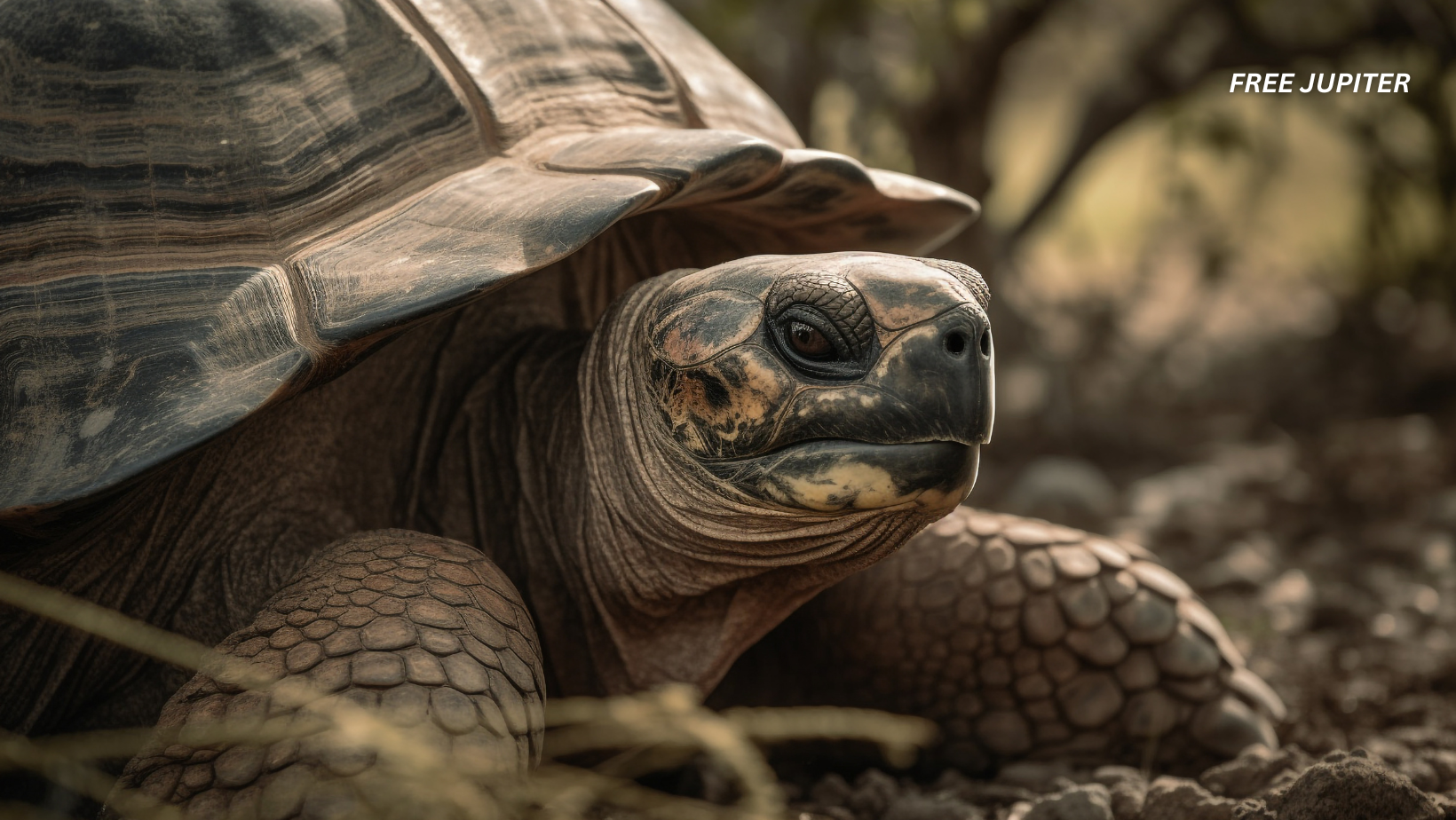Friendly Note: FreeJupiter.com shares general info for curious minds 🌟 Please fact-check all claims—and always check health matters with a professional 💙
For the longest time, reptiles have been treated as the cold, mechanical outsiders of the animal kingdom—stoic creatures that simply eat, bask, and blink (very slowly). But a recent study is giving tortoises their long-overdue emotional glow-up.
Scientists have discovered that red-footed tortoises—those sturdy, slow-moving land reptiles with inquisitive eyes—may actually experience emotions in ways not so different from humans. That’s right: your shelled friend might not just be crawling toward lettuce; they might be feeling something about it, too.
Reptiles With Feelings? That Wasn’t the Expectation
When we think about emotional animals, our minds usually leap to dogs, cats, or maybe elephants and dolphins. These creatures are widely acknowledged to form bonds, grieve losses, or wag their tails in joy. But reptiles? Historically, they’ve been left out of the emotional club.
Much of this bias comes from how their brains are wired. Unlike mammals and birds, reptiles lack a neocortex—the brain region often linked to complex emotions in humans. Because of this, many scientists assumed reptiles were stuck in survival mode: eat, run, reproduce, repeat.
However, this new study challenges that long-held assumption.
Read more: Cardiologists Say This Common Habit Is a Blood Clot Risk
The Optimism Test (Yes, That’s a Real Thing)
To find out whether tortoises feel more than just physical sensations, scientists turned to a clever method borrowed from human psychology: the cognitive bias test.
This test doesn’t directly ask a tortoise how it’s feeling (obviously), but it does give us clues based on how an animal reacts to uncertainty. Think of it like this: if you wake up in a good mood, you’re more likely to see a half-full glass as a good thing. If you’re anxious or depressed, that same glass might just look half-empty. Animals, it turns out, can react similarly.
In the study, red-footed tortoises were trained to associate one side of a testing arena with a delicious treat and the other side with nothing. Then, researchers placed a treat in the middle—an ambiguous location—and watched what the tortoises did. Those who had been kept in enriched environments—with toys, space, and mental stimulation—were more likely to head toward the middle in anticipation. In short, they were optimistic.
That optimism is considered a sign of a positive emotional state. These weren’t random choices; they were mood-based judgments.
Emotions That Stick Around
It wasn’t just optimism that the researchers noticed. Tortoises who scored high on the emotional scale were also better at handling mildly stressful situations. When confronted with unfamiliar settings or gentle handling, they showed less nervousness and were quicker to return to their usual behaviors.
This is important because it suggests these tortoises weren’t just experiencing momentary mood blips. Their emotional states seemed to be long-lasting—a hallmark of more advanced sentience.
It’s one thing to feel a jolt of fear or excitement. It’s another to sustain a state of calmness or anxiety over time. And these reptiles were clearly showing signs of the latter.
Read more:New Artificial Tongue Accurately Mimics Human Taste Perception Using AI And Graphene
Why This Matters (Beyond the “Aww” Factor)
Okay, so tortoises can feel things. Why does that matter?
For starters, it reshapes our understanding of where emotions come from. Birds and mammals share a more recent common ancestor, but reptiles diverged from that evolutionary path over 300 million years ago. If reptiles can feel emotions too, it implies that the roots of emotional life run far deeper in the tree of life than we thought.
In other words, the ability to experience mood and emotion might not be a high-level trait reserved for warm-blooded creatures with fur or feathers. It could be an ancient, foundational feature of vertebrate life.
That’s a big deal for science—and for how we treat animals.
A New Standard for Animal Welfare?
The findings also raise ethical questions about how reptiles are kept in captivity.
Reptiles are increasingly popular as pets. They’re also commonly found in zoos, research labs, and wildlife centers. Traditionally, care standards for reptiles focused on basic survival: heat, food, and clean enclosures. But if tortoises can feel joy, anxiety, and boredom, then those old standards are no longer enough.
The study suggests that reptiles benefit from enriched environments—places that allow them to explore, play, and engage with the world. This means caretakers might need to rethink enclosures, add more mental stimulation, and consider how emotional well-being affects physical health.
In short, if reptiles are feeling beings, they deserve more than just heat lamps and a salad bar.
Rethinking Reptile Intelligence
This study also reopens the conversation about intelligence in non-mammals. For too long, intelligence has been measured by how much an animal acts like a human—whether they can solve puzzles, use tools, or remember complex tasks. But this anthropocentric approach often overlooks subtler forms of intelligence, such as emotional insight and environmental responsiveness.
Tortoises might not be solving Rubik’s cubes, but their behavior shows a level of emotional processing that’s deeply sophisticated. They can assess risks, make choices based on past experiences, and—perhaps most importantly—adjust their behavior based on how they feel.
This quiet, contemplative intelligence deserves recognition.
So… Should We Hug a Tortoise?
Maybe not just yet. But this research is a powerful reminder that the emotional lives of animals—especially those outside the usual “cute and cuddly” categories—are far more complex than we’ve imagined.
It invites us to watch more closely, to care more deeply, and to give animals the benefit of the doubt. Just because a creature doesn’t smile or wag its tail doesn’t mean it isn’t feeling something meaningful.
Red-footed tortoises may not sprint through meadows or leap into our arms, but in their own slow, thoughtful way, they might just be a lot more emotionally alive than we ever gave them credit for.
Read more: Scientists Say We May Be Wrong About Where Spiders Came From
The Future of Reptile Research
This study is just the beginning. Scientists hope to apply similar cognitive bias tests to other reptiles—snakes, lizards, and perhaps even crocodilians—to better map the emotional terrain of cold-blooded creatures.
The more we learn, the more we realize that the animal kingdom is full of surprises. Sometimes, the slowest creatures on Earth are the ones that quietly carry the biggest truths—like the fact that feelings might be far more universal than we ever imagined.










